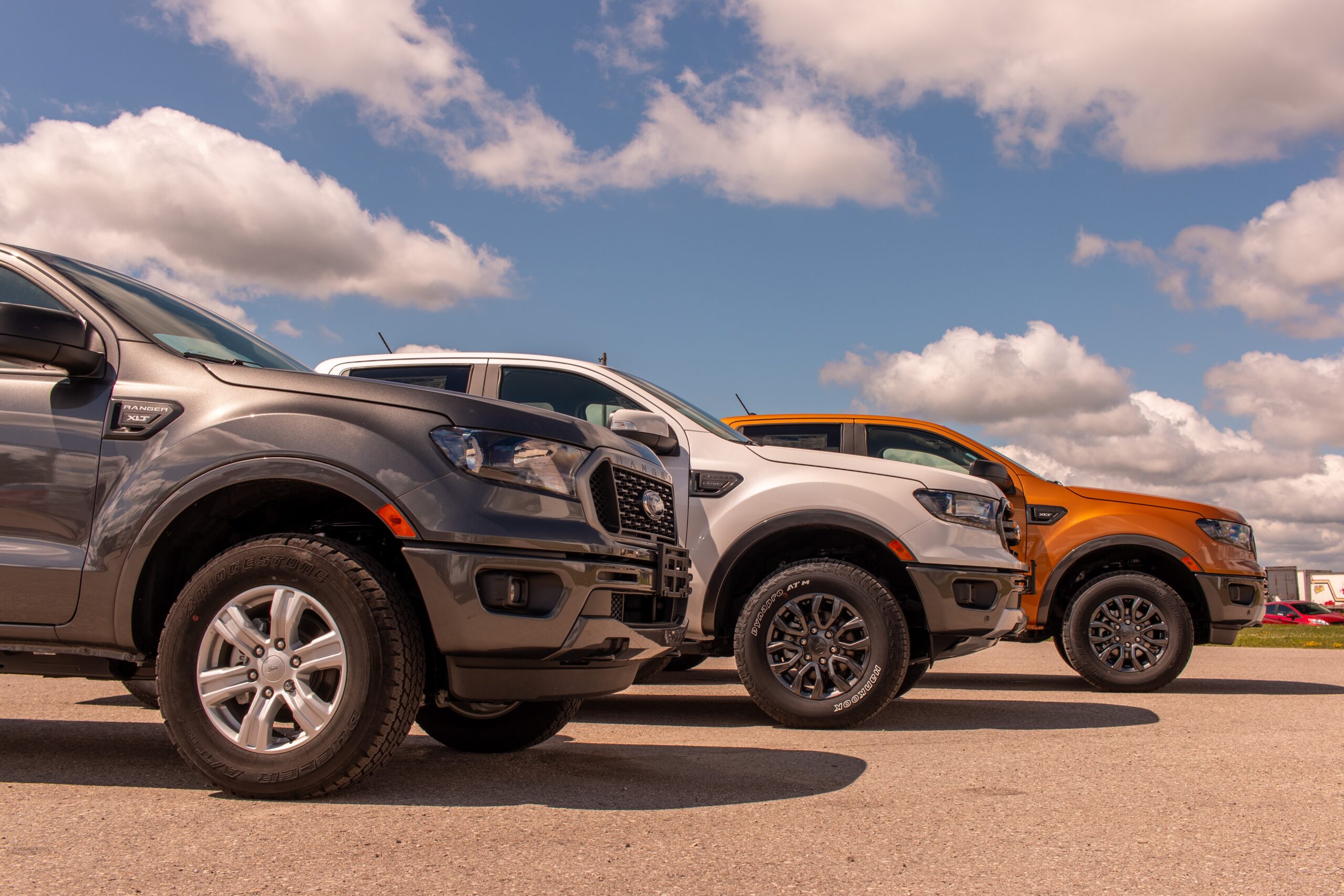In recent years, the Australian automotive landscape has witnessed a notable trend – passenger vehicles are getting bigger. SUVs as a proportion of motor vehicle sales continue to grow, as shown in the graph below from chartingtransport.com[1].

This is having a significant impact on the industry. In response to the growing size of vehicles, changes are proposed to the car parking standards (AS2890) to lengthen the bays. This has been met with mixed to negative feedback from industry professionals as well as the broader community. Recent news articles have criticised the potential change as unnecessary and unsuitable[2][3].
Another example of the increasing size of vehicles is the impact in the way in which vehicles are classified per the standardised Austroads Vehicle Classification system, last updated in 2006. At a presentation related to the updated to the classification system, a graph[4] was presented (reproduced below) of the wheelbase of a Ford Ranger and yearly sales. It shows a clear relationship between the increasing wheelbase and the car’s popularity in the Australian market.

As a result of trend shown in the graph, the definition of a light vehicle is proposed to be updated with a longer wheelbase. At the current trajectory, one assumes that the definition will need to be updated again at the next review. While this trend may seem like an inevitability, it poses challenges worth considering.
Larger and heavier vehicles require more road space and overtime will have maintenance implications. Moreover, changes to accommodate vehicles of this size (such as increasing the car parking space size) will increase costs and impacts of developments and reduce space for buildings, landscaping and people. The environmental implications of larger vehicles shouldn’t be overlooked. Larger vehicles tend to have higher fuel consumption and emissions, exacerbating environmental concerns and challenging efforts to promote sustainability in transportation. Safety is another key issue. Larger vehicles pose a higher threat of serious injury or death to cyclists and pedestrians[5].
These impacts are significant, and they pose questions worth pondering:
- What is the role of government and regulations in this space? Is it appropriate for there to be significant taxation advantages for large utility vehicles[6]?
- How do we navigate the impacts of larger vehicles in a country with a growing interest in these vehicles and the associated ‘car culture’?
- What can technical experts and designers do in response? Is there a risk that changes like lengthening car parks enables larger vehicle ownership and use?
These are not the only questions, and they can’t be solved overnight, but we are looking forward to being part of the ongoing conversation.


